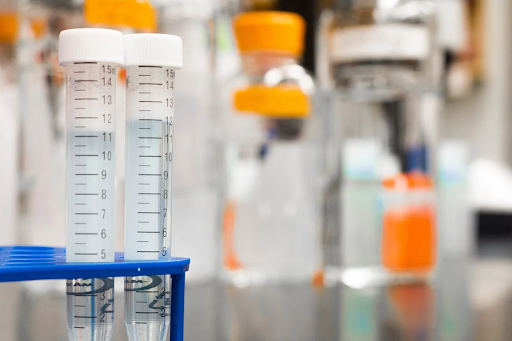Food testing is an important part of quality assurance. This ensures that consumers don’t become a victim of economic fraud and that the quality of the food product is preserved for as long as possible.
What is Food Testing?
Food testing is a process that helps to ensure the quality of food products. It can be used to check the ingredients, the manufacturing process, and the finished product. Testing can also be used to detect foodborne illnesses.
Food testing is used in many different industries, from food production to retail stores. It is important for businesses to have a system in place for testing their products. Food testing can help to ensure that the products that are sold are safe and quality-controlled.
What Types of Tests are Used for Food?
There are many different types of tests that are used for food. Some of these tests include chemical tests, microbiological tests, physical tests, and sensory tests.
Chemical Tests
Chemical tests are used to check the ingredients and the manufacturing process. They can identify harmful chemicals, toxins, and contaminants. This information can help to ensure that the product is safe to consume.
Microbiological Tests
Microbiological tests are used to check for bacteria and yeast infections in food products. They can also be used to detect foodborne illnesses. This information can help to ensure that the product is safe to consume.
How does Food Testing work?
Food testing is a process by which food is evaluated for quality and safety. The goal of food testing is to ensure that the food that consumers eat is safe and of high quality. Food testing can be used to check the ingredients, manufacturing processes, storage conditions, and safety of food products.
Food testing can be used to check the ingredients, manufacturing processes, storage conditions, and safety of food products. There are different types of food testing that are used to assess the quality of a product. The most common types of food testing are chemical analysis, microbiological analysis, and toxicology analysis.
Chemical analysis is used to test for the presence of harmful chemicals in food. Microbiological analysis tests for the presence of bacteria, viruses, or other microorganisms in the food. Toxicology analysis tests for the presence of harmful toxins in the food.
Each type of food testing has its own set of guidelines and standards. These guidelines are designed to ensure that the information gathered during a food test is accurate and reliable. Food testing is an important part of ensuring quality from ingredient to plate.
Pros and Cons of Food Testing
Food testing is a common practice in the food industry to ensure quality from ingredient to plate. With advances in technology, food testing has become more sophisticated and accurate. There are pros and cons to food testing, but the benefits of ensuring quality control continue to outweigh the costs.
The Benefits of Food Testing
Food testing is an important tool for ensuring quality control in the food industry. Food testing can identify potential contaminants and defects before they reach consumers. This prevents foodborne illnesses, which can be costly and dangerous. Food testing also helps ensure that food is properly labeled and accurately represents the ingredients it contains.
The Costs of Food Testing
There are both pros and cons to food testing. The benefits of food testing are clear, but the costs can be high. Food testing can be expensive, especially if it is done regularly or on a large scale. Additionally, food testing can be time-consuming and require specialized expertise.
Particular Areas of High Risk
Food testing is an essential part of ensuring the quality of food products. It can identify potential problems with ingredients, manufacturing processes, and storage conditions. Food testing also helps to ensure that the final product is safe to eat.
Food testing can be used to detect a wide variety of problems. For example, food testing can help to identify potential problems with ingredients such as toxins or heavy metals. Food testing can also help to identify potential problems with manufacturing processes, such as contamination from raw materials or improper sanitation.
Food testing can also help to identify potential problems with storage conditions, such as temperature fluctuations or moisture levels. By identifying these problems early, food manufacturers can prevent them from causing health concerns or quality defects in their products.
Conclusion
Food testing is an important step in the food manufacturing process. It helps ensure that the ingredients and products that go into your food are of high quality, and it can also help detect potential contaminants. By understanding how food testing works, you can make sure that the food you eat is safe and of good quality. Thanks for reading!
